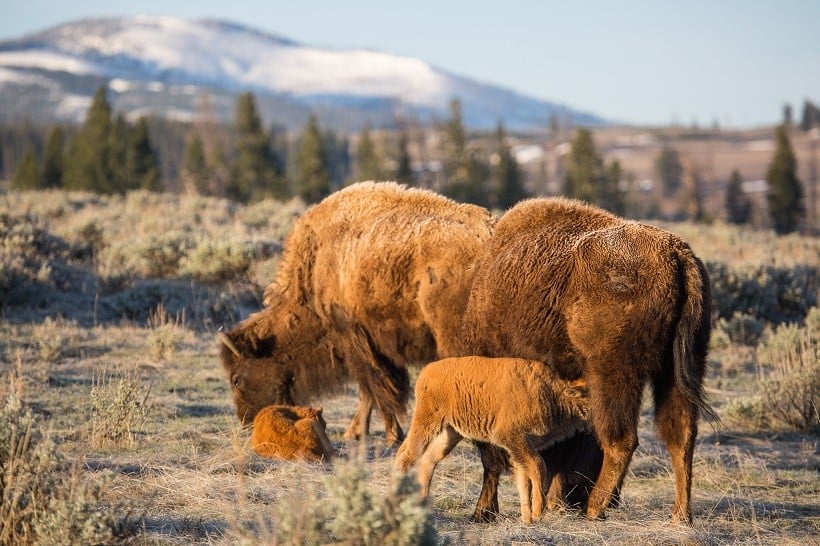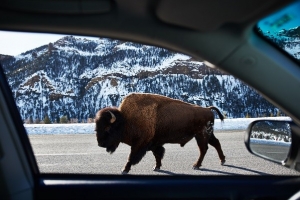Even if there’s feet of snow still on the ground, a bear cub spotting means that the long northwestern Wyoming winter is winding down.
It also means that the next generation of bison, wolves, elk, moose and even river otters will soon make their debut.
“Spring is traditionally a time of rebirth, and many wildlife species embrace that tradition literally,” said Ryan Hauck, executive director of Cody Yellowstone. “When the babies are spotted, word gets around fast, and the entire town seems to celebrate because it means that spring is coming.”














